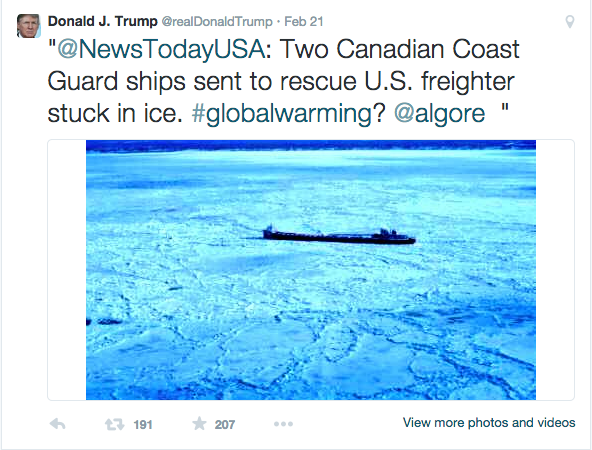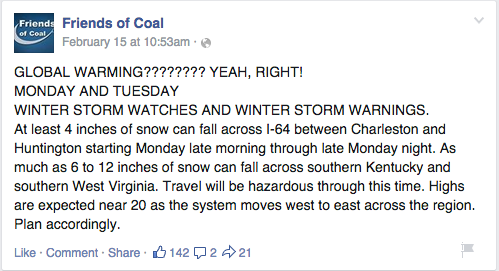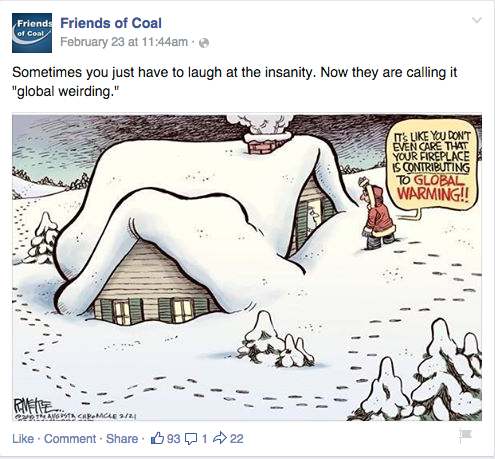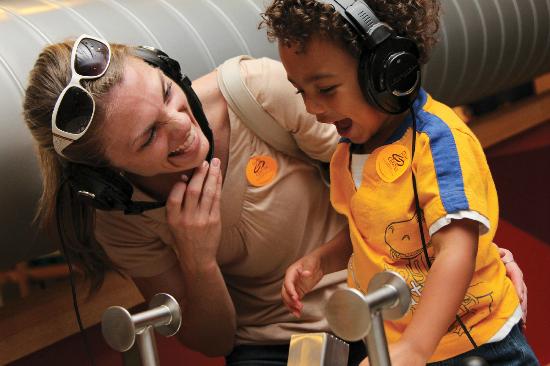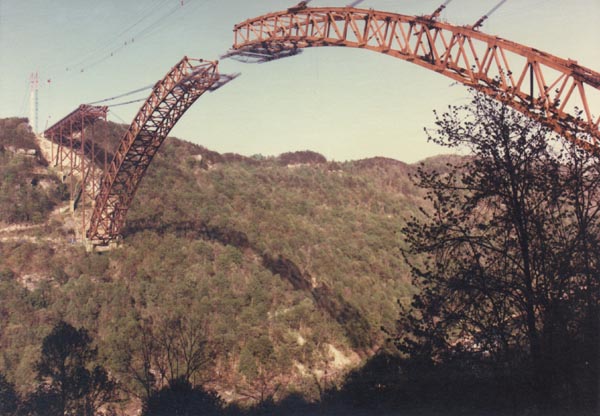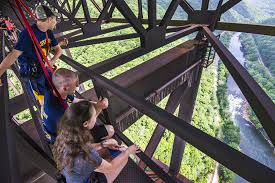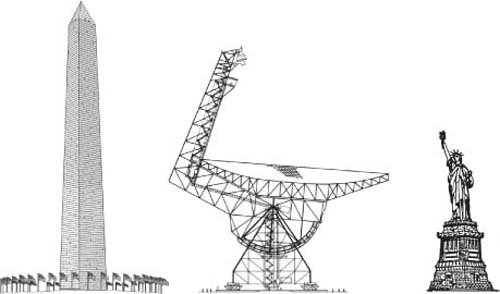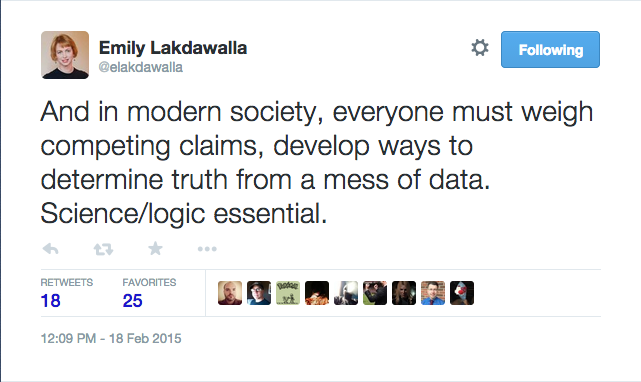We’re quickly approaching full-blown presidential campaign season, and both parties are busy carefully crafting their messages. We’re pretty accustomed to the key components of political messages, but we’re missing a crucial piece, science. Past campaigns have shown that ,traditionally, when a complex issue is involved, leaders simply do not explain. They find a mantra (“Stop Obama’s War on Coal!”) and repeat it endlessly, “staying on message”, without explanation or qualification. We’re rarely treated to the “because.”
It seems obvious that evidence-based policies and actions should be central to campaign messages, but it’s rare that we move beyond slogans. But why?
There are a ton of reasons as to why science takes a backseat in our Appalachian politics. First, complex problems demand complex solutions. We need to revive the process of dialogue: explain, explain, explain, rejecting mere sloganeering and populism. We need evidence-based policies, but often evidence lacks the psychological carrying power generated by appeals to emotion and fear.
So we need to take action against global warming? Why? Not just because it’s “scary” and “dangerous.” It’s more than that. It’s huge snow and ice storms on top of widespread flooding. Violent weather is just one of the many “whys” for global warming discussion and action.
Politics avoid deep science for more than just ease of messaging, though. Politicians, who’s backgrounds are generally in law and business, make a living off of debating and arguing, so it shouldn’t come as much of a surprise that they avoid scientific topics. What is concerning though, is when the political process takes on a science topic that threatens another area of their expertise (or funding).
Brian Schmidt, a Nobel Laureate in astrophysics, wrote of his experience in this regard:
As a Nobel Prize winner, I travel the world meeting all kinds of people.
Most of the policy, business and political leaders I meet immediately apologize for their lack of knowledge of science.
Except when it comes to climate science. Whenever this subject comes up, it never ceases to amaze me how each person I meet suddenly becomes an expert.
Facts are then bandied to fit an argument for or against climate change, and on all sides, misconceptions abound.
The confusion is not surprising – climate science is a very broad and complicated subject with experts working on different aspects of it worldwide.
No single person knows everything about climate change. And for the average punter, it’s hard to keep up with all the latest research and what it means.
More surprising is the supreme confidence that non-experts (scientists and non-scientists alike) have in their own understanding of the subject.
While recent research as shown that the public generally does trust scientists, why must politicians try so hard to eliminate it from their messages? More on this topic in tomorrow’s post.
